A low sodium diet is a diet that includes no more than 1,500 to 2,400 mgs of sodium per day. (As an example 1 teaspoon of salt = approx. 2,300 mg sodium.) The exact amount of sodium restriction should be determined by your doctor and depends on your age, the reason for sodium restriction, and your medical history.
Sodium occurs naturally in most foods. The most common form of sodium is sodium chloride, which is table salt. Milk, beets, and celery also naturally contain sodium, as does drinking water, although the amount varies depending on the source. Sodium is also added to various food products. These are ingredients in condiments and seasonings such as Worcestershire sauce, soy sauce, onion salt, garlic salt, and bouillon cubes. Processed meats, such as bacon, sausage, and ham, and canned soups and vegetables are all examples of foods that contain added sodium. Fast foods are generally very high in sodium.


